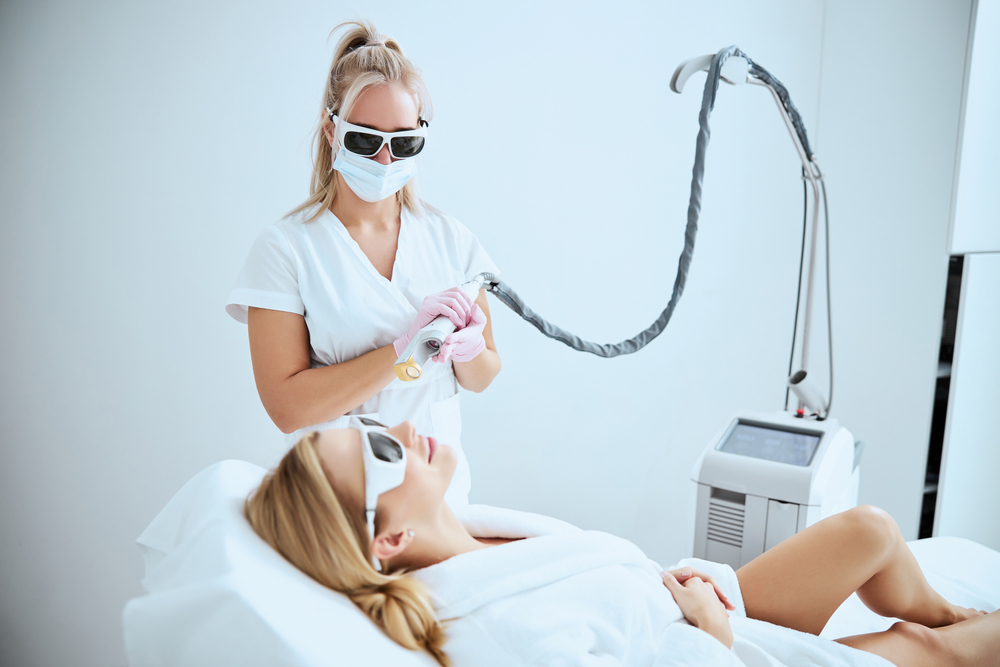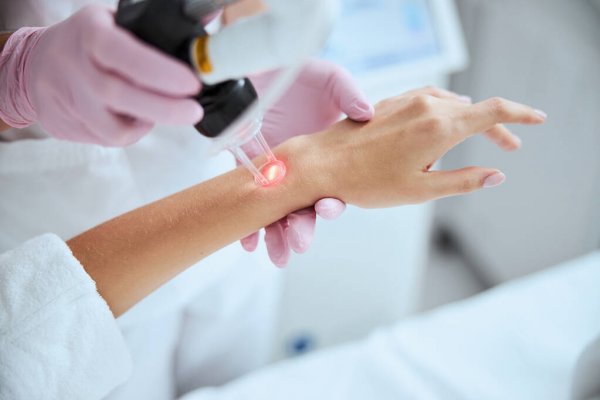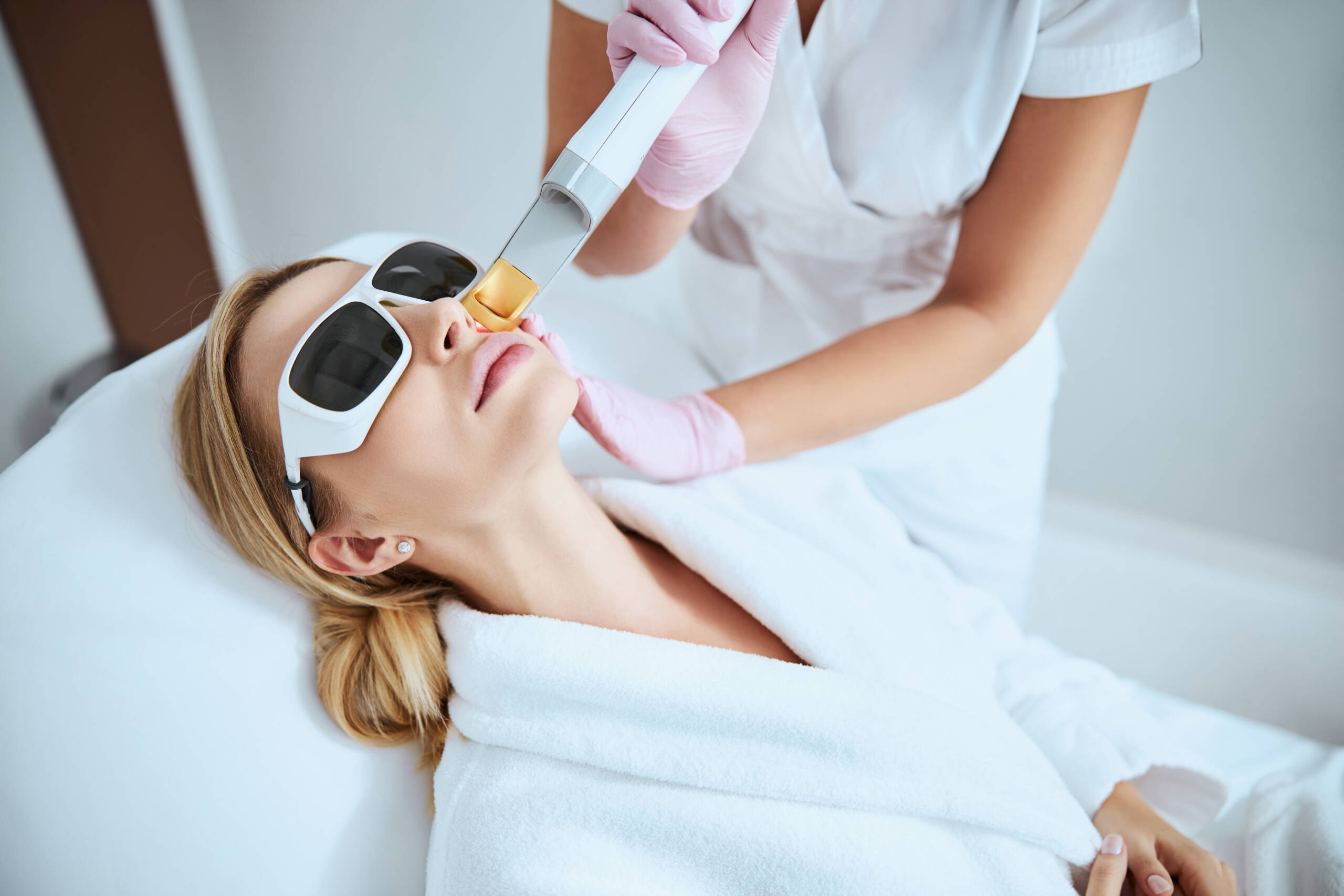What Are the Side Effects of CO2 Skin Resurfacing?
Most likely side effects are swelling, redness, and irritation, but burning, scarring, scabbing, and discoloration are also possible. They should, however, subside within ten days. The major downside around CO2 lasers is that they're not compatible with all skin tones. A CO2 laser is best for patients with very fair skin that doesn't have much of an ability to tan—like Fitzpatrick skin type 1 or 2. The treatment is riskier for pigmented skin, and you can expect to experience post-inflammatory hyperpigmentation (PIH) or temporary darkening of areas treated. This discoloration can last for months and cause distress, so patients should be aware of this risk before considering the treatment. Local anaesthetics creams are used to reduce discomfort during the procedure.




